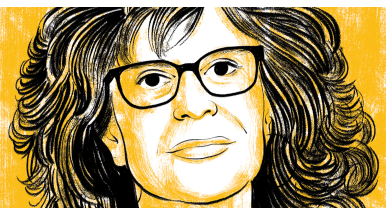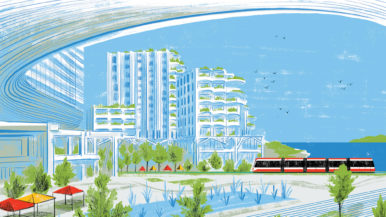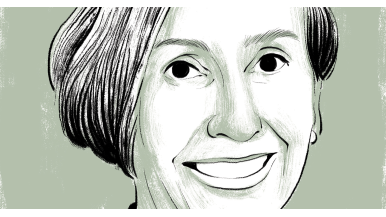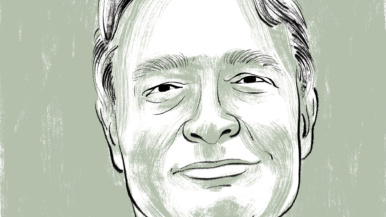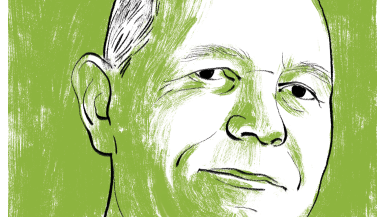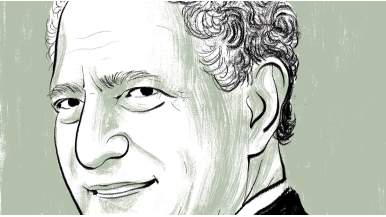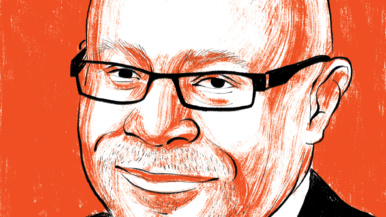Sidewalk’s affordable housing isn’t really affordable

Sidewalk’s proposal for Toronto’s eastern waterfront has a few foundational promises: first, that this Google company can deliver innovation in a way that government has not; and second, that the proposed public works will create a more inclusive city. These are worthy aspirations. Some specific proposals—like a new mass timber factory to push forward the industry in Ontario and ensuring 50 per cent of the housing on-site is rental—would be excellent for our city.
Sidewalk Labs has also promised that 40 per cent of its housing will be below market rate. On its face, this pledge responds to a dire need to reinvent how we deliver housing in Toronto. The excitement has been palatable: 40 per cent below market—now that’s something! The problem is that below market rate is still unaffordable for most Torontonians. Sidewalk is selling us a false bill of goods.
Sidewalk breaks down their plan like this: five per cent of units will be deeply affordable, or at least 60 per cent below market rate. Another 15 per cent will be affordable as defined by the city—at or below the average market rent—and the final 20 per cent will be affordable for middle-income households. But people on a minimum-wage salary can’t even afford an average-priced one-bedroom apartment. Even if Sidewalk’s second tier of affordability is on par with the market, these homes are wildly overpriced compared to Canadian wages. It’s even more ridiculous to suggest that the homes designed for middle-class households are affordable by any stretch of the imagination. In a real estate economy as hot as ours, affordability cannot depend on the market. The city of Toronto needs to make the definition match the reality.
Municipal land is a precious and finite asset, and we have to maximize its benefits. Many European countries require privately owned land to offer 30 per cent social housing, 30 per cent affordable housing, and 30 per cent market-rate housing on privately owned land. Sidewalk’s paltry proposal—on municipal land, made viable for development through public investment, and using government programs and contributions to generate affordability—is unacceptable.
Sidewalk’s proposal describes a life story in which a couple moves into a unit, and as their equity grows and their family expands, they acquire the smaller unit next door and knock out the wall to create a bigger home. In theory, such units can grow and shrink as needed. But if these units follow the pattern of sub-divided houses in neighbourhoods, that means adjacent units will, over time, become larger, expensive units that house fewer people per square foot. A unit mix presented as diverse at the outset will gradually transform into fewer, larger, even super-sized units. Density and affordability will suffer.
We must ask: does the Sidewalk proposal deliver on the promise of creating more affordable housing? That’s a hard no. Developers are required to deliver 20 per cent affordable housing. When you break it down, Sidewalk has proposed only five. Policy can fix this. Private-sector partners are typically only as good as the public-sector leadership. Will Toronto demand more?
This story originally appeared in the September 2019 issue of Toronto Life magazine. To subscribe, for just $29.95 a year, click here.
